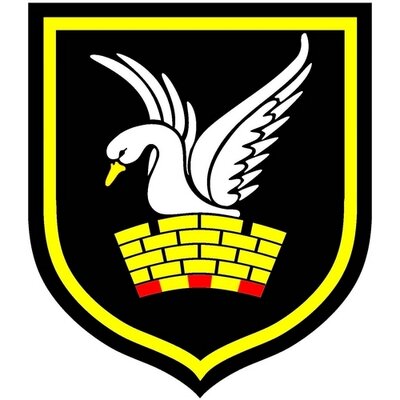

Located in the London Borough of Sutton, Carshalton Boys Sports College (CBSC) is a non-selective all-boys secondary school serving a community with high levels of deprivation. Whilst the majority of its 1,500 pupils come from typically working-class families, 27% of students are eligible for free school meals. On average, 94% of CBSC pupils stay in education or enter employment post-16, with 42% achieving Grade 5 or above in English and Maths at GCSE. In this case study, Joe Kelly, the school’s Reading Lead, discusses the school’s reasons for - and successes with - implementing Sparx Reader.
In 2022, a Sutton Alliance School Review found that opportunities were being missed to engage students in reading across the school setting – something echoed by a subsequent English Departmental Review, reaffirming the need to revisit reading strategies.
Reading for pleasure is the single most important indicator of a child’s future success (OECD, 2002), whilst children who are the most engaged with reading are three times more likely to have higher levels of mental wellbeing than their least engaged peers (NLT, 2018). It’s also worth noting that students who read regularly can expect to perform significantly better across the curriculum – including 9.9% better in maths – than students who don’t read (IoE, 2013).
In line with the DfE’s updated Reading Framework (July 2023), this project was born out of a desire to prioritise, foster and develop a love of reading; in turn, improving both the academic excellence and aspiration of their pupils.

Joe explains that reading logs are great in principle, but for pupils with empty bookshelves and negative attitudes to reading, they’re often just another way to make some feel like outsiders. For this reason, Sparx Reader felt like the best choice for the context of Carshalton Boys: a dedicated online platform designed to make reading visible. By enabling them to track reading volume and accuracy (through the awarding of points) Sparx Reader has helped to monitor independent reading, removing barriers for pupils with limited motivation, engagement, and/or access to books.
Via Sparx Reader, they set KS3 pupils a weekly target of 600 SRP (roughly one hour of careful reading). To try and mitigate any added anxiety for pupils leaving homework to the last minute, the school made a conscious move to recommend shorter and more regular reading sessions of 10-20 minutes per day – helping pupils to build positive, sustained reading habits (with the added benefit of gradually improving their overall concentration). With motivation still a major obstacle, they sought to drive student engagement through competition, implementing a series of reading rewards using the data provided.
To try and mitigate any added anxiety for pupils leaving homework to the last minute, the school made a conscious move to recommend shorter and more regular reading sessions of 10-20 minutes per day – helping pupils to build positive, sustained reading habits
They began by awarding weekly ‘skip-the-queue’ passes to the Top 3 Readers in every class. Across KS3, this amounted to a significant number of weekly rewards – but they started to see an incredible shift in the reading culture when their boys started actively competing for the most points. Building on this culture of competition, they also gifted books and certificates to the Top Readers during end-of-term ‘rewards assemblies’ and ran termly ‘rewards lunches’ for the Top Tutor Groups in every year.
they started to see an incredible shift in the reading culture when their boys started actively competing for the most points
Although rewards were a core focus, it was vital to hold pupils to account too, to enable them to shift the culture from “I don’t read” to “I’m struggling to read”. All pupils were expected to complete 100% of their weekly reading, with anyone falling below that threshold serving a compulsory after-school intervention session. Firstly, this allowed them to re-motivate disengaged pupils through positive reinforcement (whilst also reiterating the benefits of reading). Secondly, this was an opportunity to consider why pupils were struggling – whether through low confidence; poor concentration; low reading age; or lack of time / access. Armed with an array of new data (from reading age, to reading speed, to accuracy and enjoyment figures) they were also far better equipped to identify struggling readers from across the cohort. As such, they were in a stronger position to begin implementing additional intervention programmes to support the development of decoding and comprehension strategies for their weakest readers.
this was an opportunity to consider why pupils were struggling – whether through low confidence; poor concentration; low reading age; or lack of time / access

“I’ve never seen my son reading books like this before […] he gets back from school and he reads all afternoon […] he also tells me all about books.”
“I just wanted to say how good the Sparx Reader system is! …the improvement in [my son’s] reading and comprehension is incredible.”
By making independent reading visible, Sparx Reader has enabled Carshalton Boys to lay the groundwork for a new generation of readers.
Accepting that reading is the number one indicator of a child’s future success, the burgeoning culture of reading across their school community points to the unmitigated success of this project.
In the future, one of their biggest challenges will be to support pupils in finding appropriate and engaging texts outside of Sparx, with 68% admitting they struggle when choosing new books. Equally, less than 20% of their pupils discuss reading with friends, presenting an intriguing opportunity to further develop the school reading culture by helping to connect like-minded readers and their recommendations.